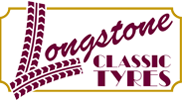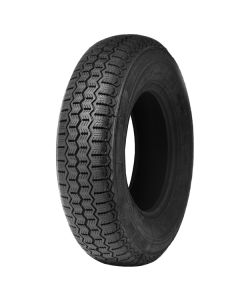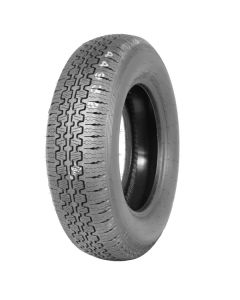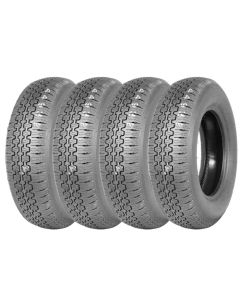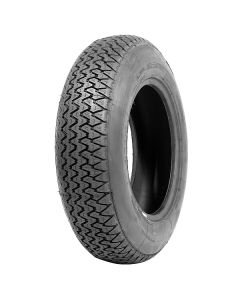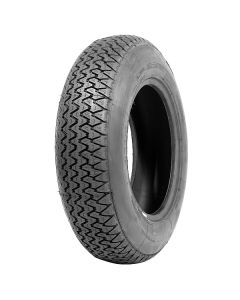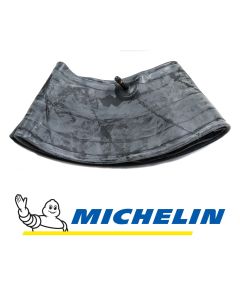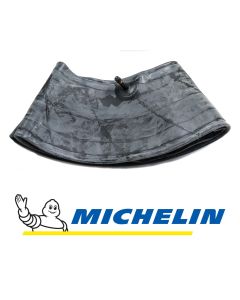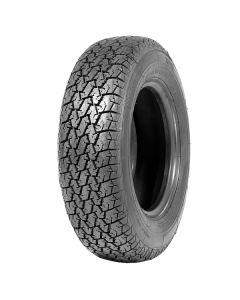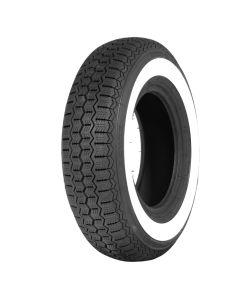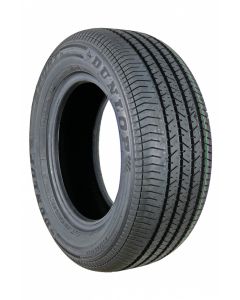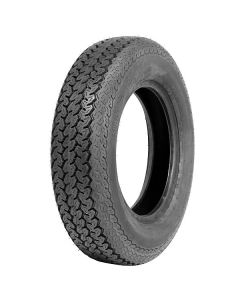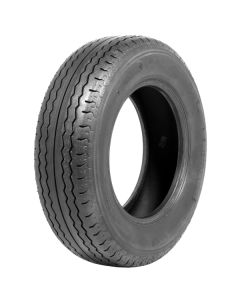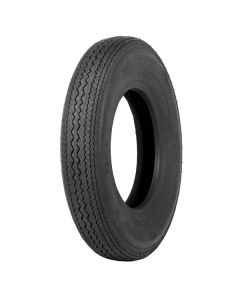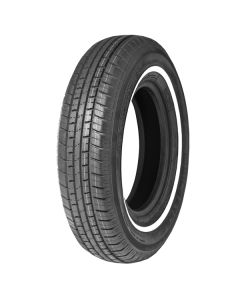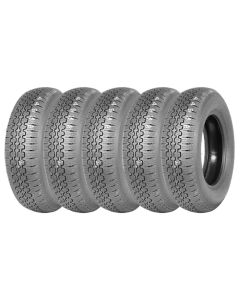Triumph 2000 Tyres
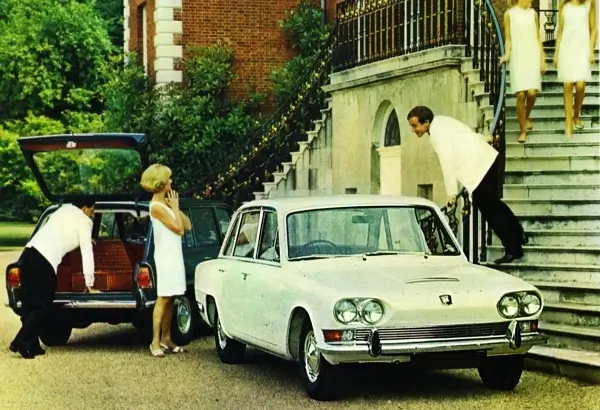
Triumph 2000 Advert
Triumph 2000 1963–1977
- The Triumph 2000 originally came fitted with 6.40 x 13 Dunlop Goldseal tyres.
- We recommend the 6.40/7.00 SR 13 Michelin ZX for a Triumph 2000.
- The 185 HR 13 Michelin XAS FF is the ideal tyre for a Triumph 2.5PI, 2500TC, 2.5PI Estate & 2500TC Estate.
- Longstone suggests a set of 175HR14 PIRELLI CINTURATO CA67 or 175 HR 14 Michelin XAS for a Triumph 2500S & 2500S Estate.
- 6.40/7.00 SR 13 and 185 HR 13 tyres are best suited to a Michelin 13F innertube.
- 175 R14 tyres would best fit a Michelin 14E innertube.
- Michelin presently makes a 6.40/7.00 SR 13 Michelin ZX, which, in Longstone's opinion, is the best tyre for this car, as it is a period radial tyre developed by Michelin to be fitted to cars such as this as a radial upgrade.
- Because we drive on modern dual carriageways, many people are taking advantage of radial tyre technology, but unlike other cheaper radial options when fitting a period tyre like the Michelin ZX it will not have a derogatory effect on the car's handling.
- Some owners of cars from this period like to fit a whitewall tyre, the 175 SR 13 Milestar Whitewall white wall offers an extremely good value option for people that are prepared to do that to their car.
- Our period fitment guides suggest that earlier 2000 cars were released on either a tube-type or tubeless wheel, later models all received tubeless wheels. See our Innertube Page for information to help you identify your wheel type.
History of the Triumph 2000
Built between 1963-1977, the Triumph 2000 was a mid-sized rear-wheel-drive car that would compete with the Rover P6 2000 which was released at a similar time but both cars would eventually be supplanted in 1977 by the Rover SD1. Larger engined versions would be created in the form of the 2.5PI (Petrol Injection) and 2500.
The six-cylinder engine initially seen in the Standard Vanguard at the end of 1960 was employed in the 2000. However, the last of the six cylinder Vanguards had a compression ratio of 8.0:1, which the manufacturers were able to boost to 8.5:1 for the Triumph due to the increased availability of higher octane fuels. This, along with the installation of two Stromberg 150 CD carburettors, resulted in a stated power output boost to 90 bhp from the Vanguard's 80 horsepower.
The original automobile came standard with a 4-speed manual transmission, with overdrive and a Borg-Warner Type 35 3-speed automatic gearbox as options. The unitary body had all-around independent suspension with semi-trailing arms at the back, all of which used coil springs. The front servo-assisted brakes were discs, while the rear brakes were drums.
Over the Triumph 2000's lifetime, there would be the Triumph 2000 MK One (1963-1969 with 120,645 built) , Triumph 2000 MK Two (1969-1977 with 104,580 built), Triumph 2.5 PI Mark One (1968-1969 with 9,029 built), Triumph 2.5 PI Mark Two (1969-1975 with 49,742 built), Triumph 2500TC (1974-1977 with 32,492 built) & the Triumph 2500S (1975-1977 with 8,164 built).
